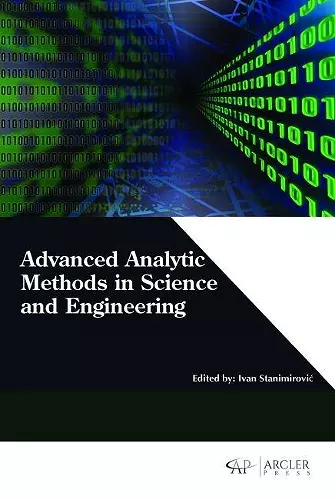Advanced Analytic Methods in Science and Engineering
Format:Hardback
Publisher:Arcler Education Inc
Published:28th Feb '18
Should be back in stock very soon

Numerical methods constitute an analytical tool scientific and technological valuable today. The development of computers has allowed its development to solve complex problems, from the simulation of a phenomenon or device, to the study of complex systems such as simulation of evolution of a galaxy or stress analysis and stability of an aircraft.
This proposal is applicable to any introductory course on the subject. The use of software and the use of visualizations support the learning process combined with the basic learning programming through mathematical problems are directly applicable to science and engineering, as well as the proposal for consideration and programming methods more specific, and the use of problem-based learning. This will allow the reader to understand the relationship of discipline with applications in engineering.
We have considered a number of applications including integrated through the horizontality of the methods for solving complex application problems. Modern software is included directly in each method, where each should be programmed as a mark of professional practice due. Currently, even if one could ignore the learning of numerical methods by using specialized software programming it allows the reader to understand the complexity and the need to solve certain problems by simulating and programming, even assisted by this.
The dimensioning of the firmness is the definition of its geometric and constitutive aspects. Consideration of it as a structure and application of the principles of mechanics, the concept of mechanics Firmes arises. This discipline mainly adopts two types of methods for determining the characteristics of the firmness: empirical methods, based on knowledge through experience, and analytical methods based on mathematical modeling of the structure.Analytical Methods were developed in the second half of the twentieth century, in parallel with the evolution of computing. Models of the firmness based on the theory of Burmister (for flexible pavements) and Westergaard (for firmness concrete) were being computerized in increasingly complex programs that behavior patterns were added to estimate the service life of the structure. Thus, analytical methods resulted in software, due to the advantages of calculation that entails.
In 1906, the Russian botanist M. Tswett conducted an experiment that led to the discovery of what is now known as chromatography. Placed an extract pigment plant on top of a...
ISBN: 9781773610726
Dimensions: unknown
Weight: unknown
424 pages